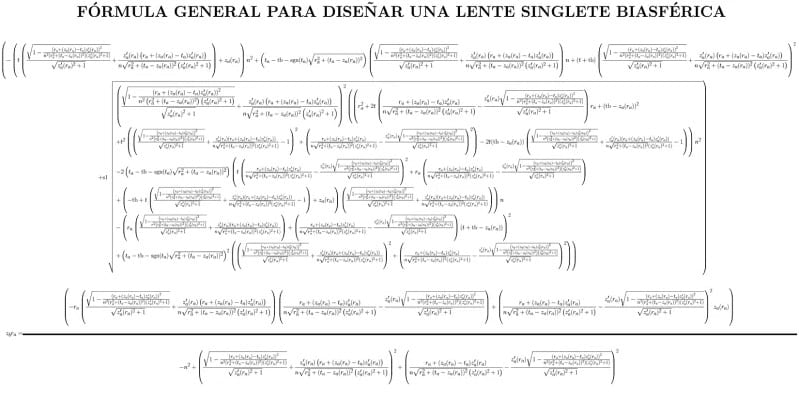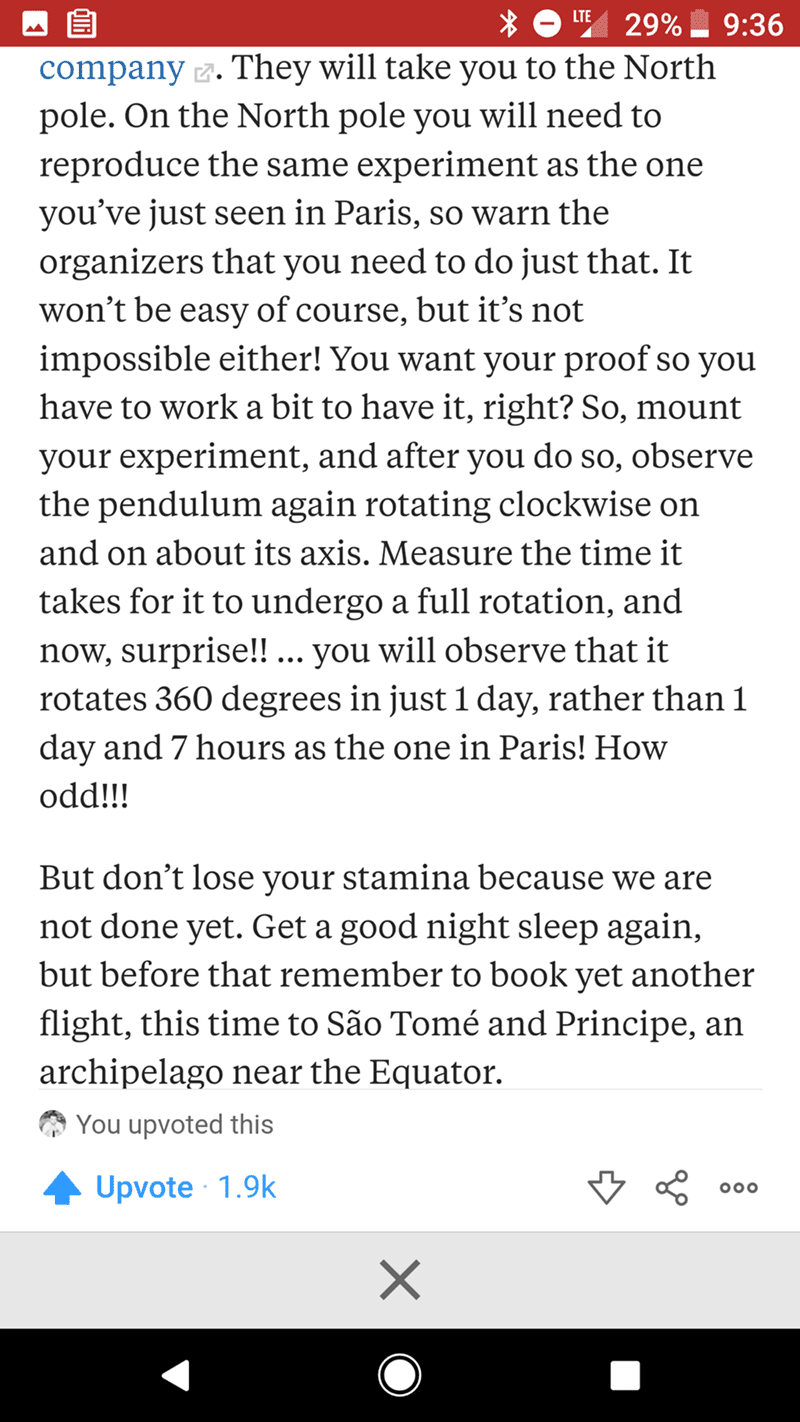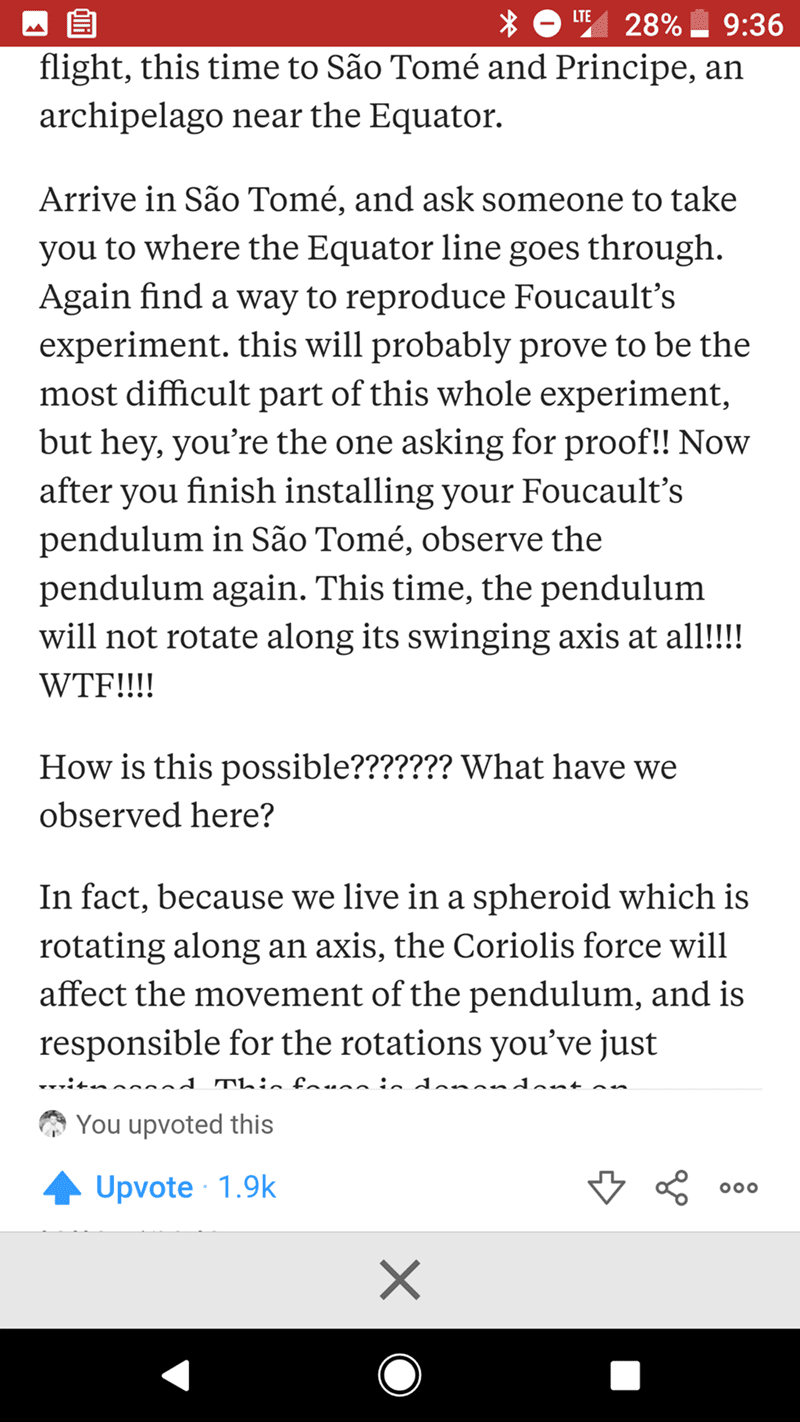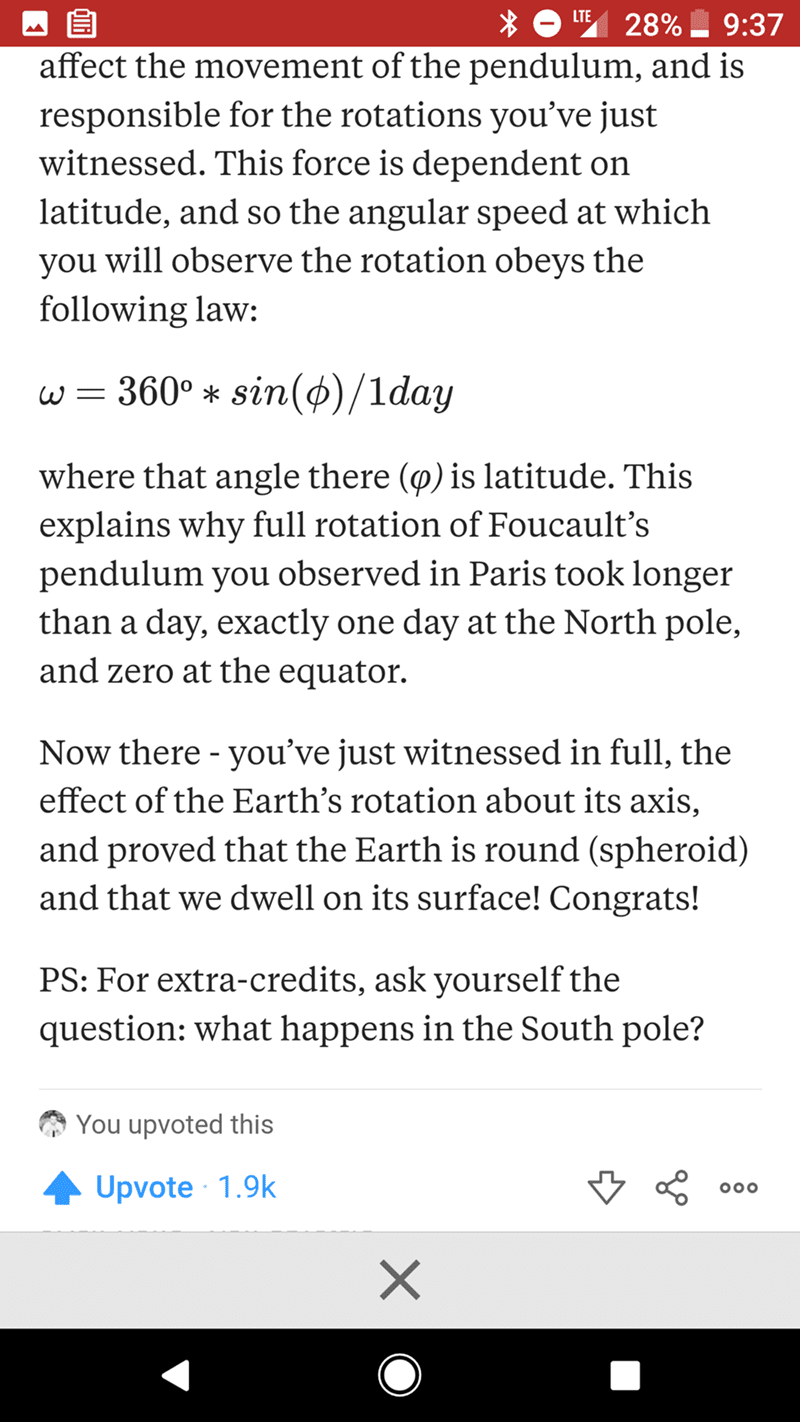This is kinda crazy…
Some magnets are so weak they can barely keep a photo on the refrigerator. Meanwhile, there are magnetars: the strongest known magnets in the universe. Sadly, you can’t buy these at your local grocery store.
A magnetar is a type of neutron star with an unbelievably powerful magnetic field. Though they have the strongest magnetic pull of any known object in the universe, they are surprisingly small. They’re also very mysterious.
So, where do magnetars come from? Curiosity explains: When a star dies, it explodes into a supernova, collapsing in on itself in a giant extravagant display of light before fading away. If the star was large enough, it will then create a neutron star in its place. A neutron star is so small that it’s often just the size of a small city (for a star, that’s tiny!). However, it’s also incredibly dense. Just one teaspoon weighs at least one billion tons. All this matter spins around hundreds of times per second, creating a magnetic field that is a trillion times stronger than the Earth’s own.
And then there are magnetars. Magnetars are an especially magnetic type of neutron star. Nobody really knows why they’re so magnetic, but they are. They’re roughly 1000 trillion times more magnetic than Earth.
Photo Credit: Wikimedia Commons
This magnetic field is so strong that just coming within 600 miles of it would destroy your nervous system and even change your molecular structure. If you came closer, the gravitational force would destroy you at the atomic level. These stars can also wreak havoc on planets like the Earth.
Thankfully, the closest magnetar to us is much too far to do such damage, and they’re also incredibly rare. Scientists have been on the lookout for magnetars since 1979, but while they’ve found over 2000 neutron stars, fewer than 25 have been confirmed as magnetars.
Photo Credit: Wikimedia Commons
Still, it’s fascinating to know that they’re out there somewhere!
The post Magnetars: A Magnet so Strong, They Could Tear Your Body Apart appeared first on UberFacts.















